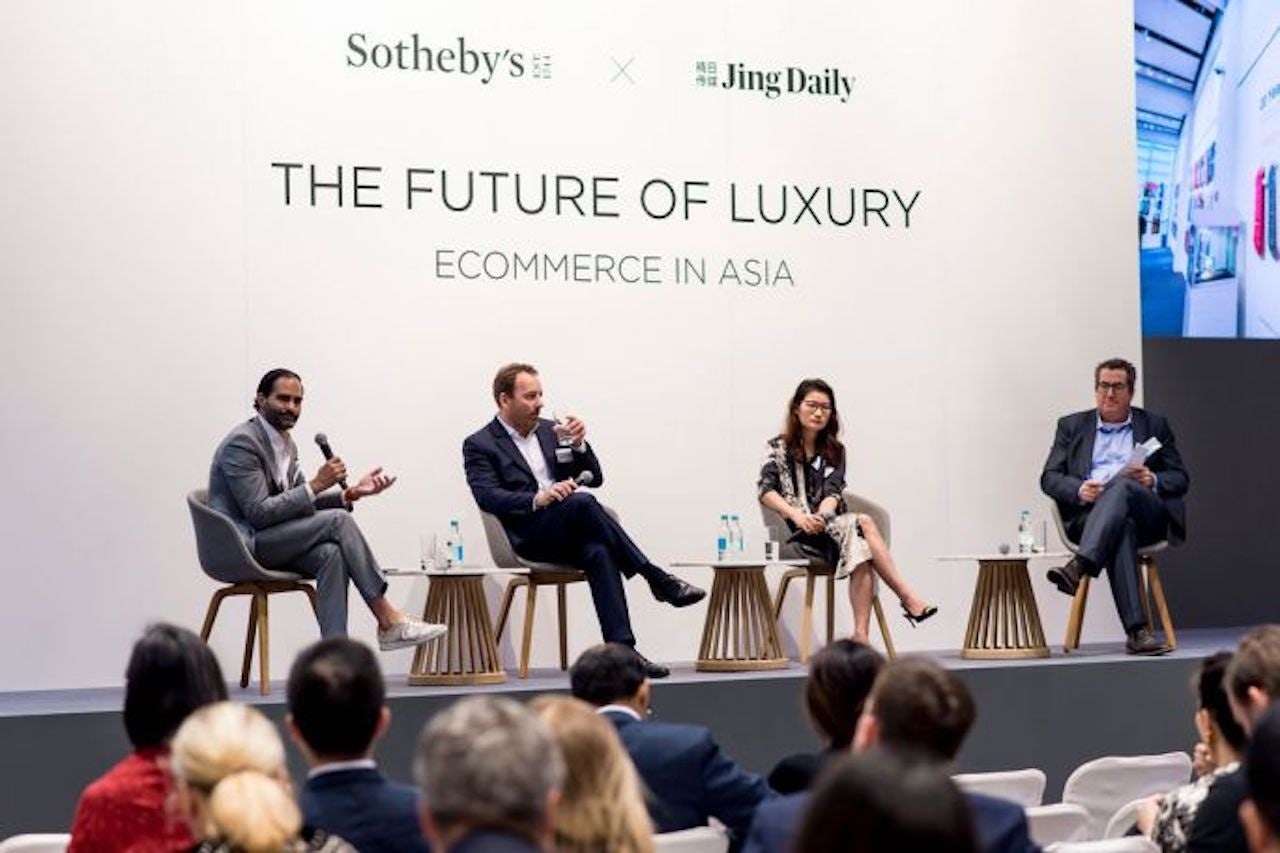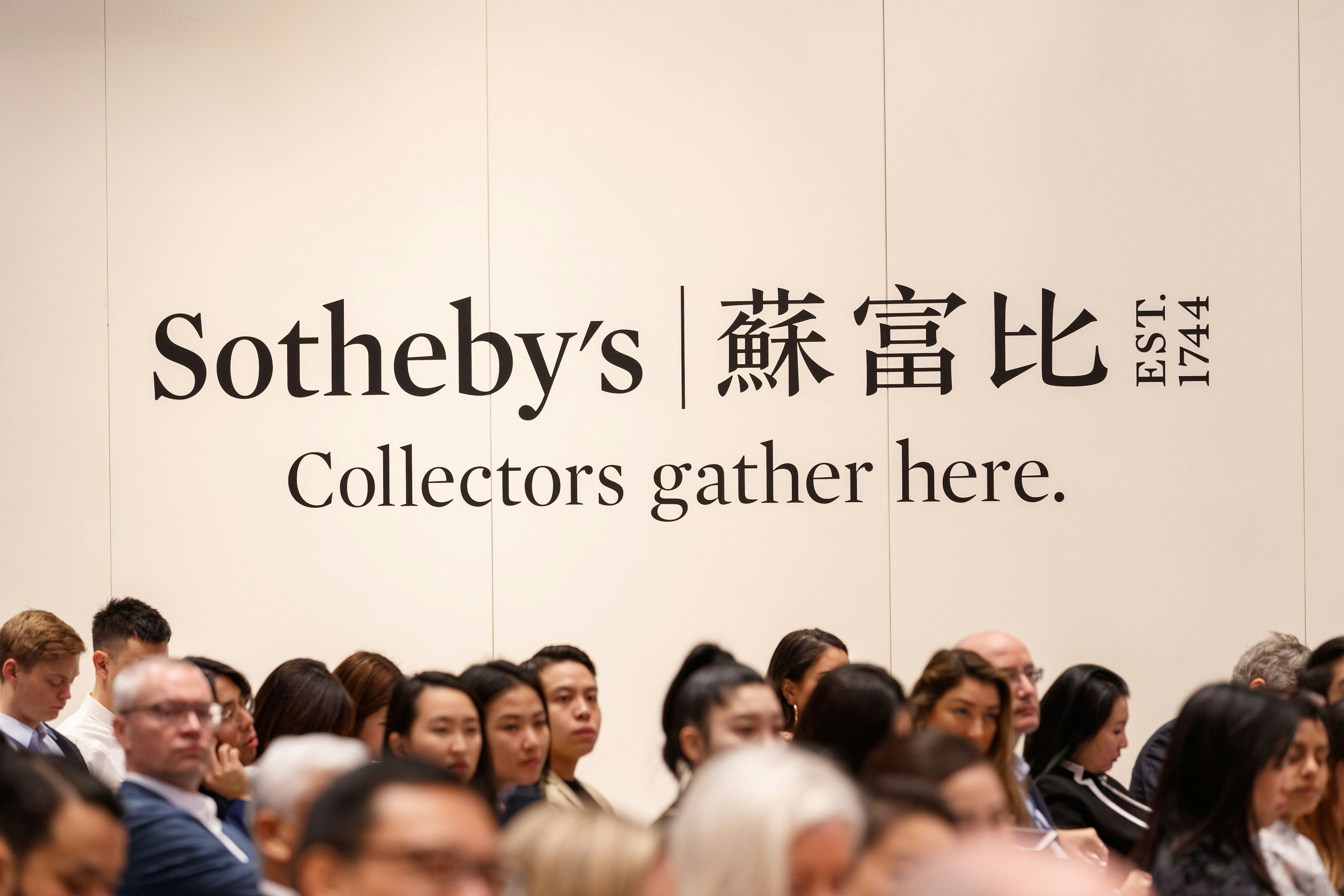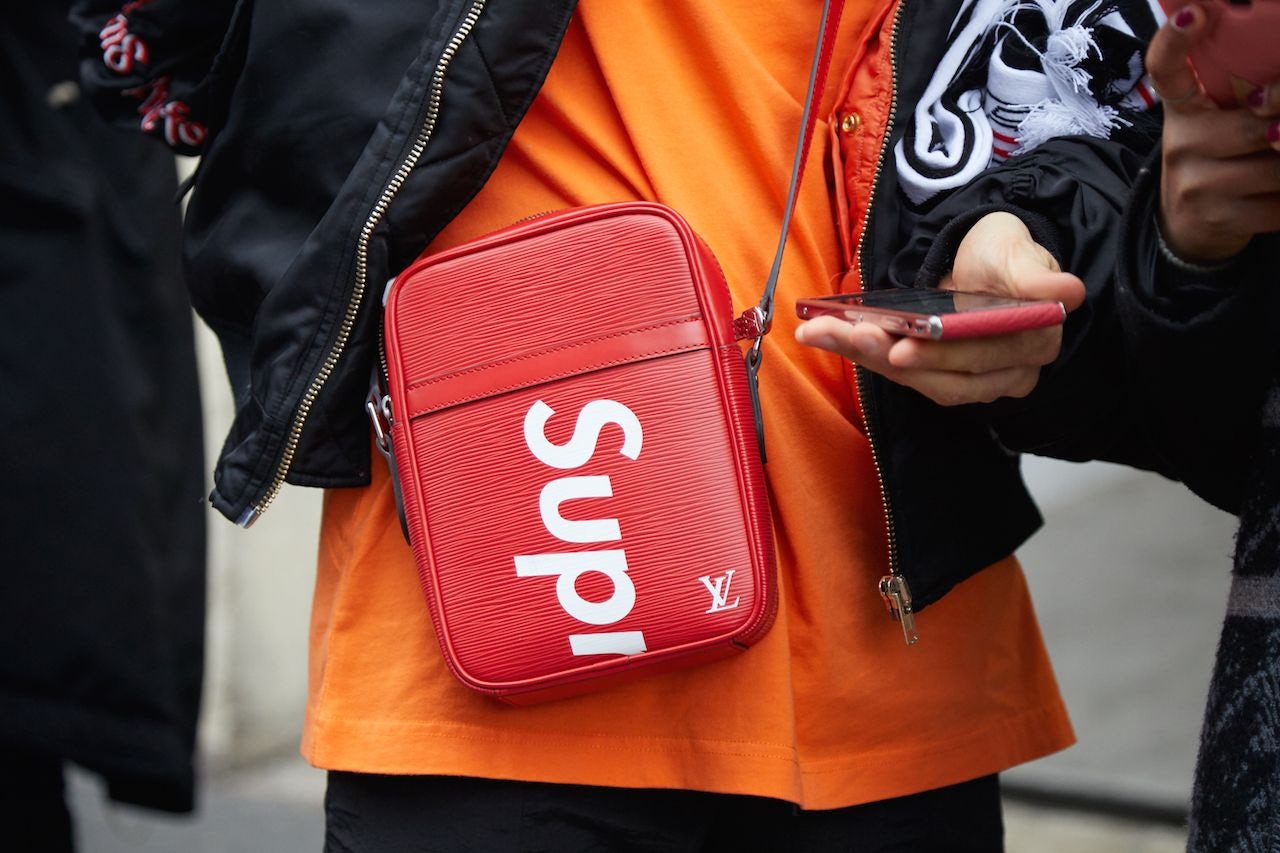At the Sotheby’s x Jing Daily The Future of Luxury Conference in Hong Kong, on March 29th, I had the privilege of moderating a panel about one of my favorite subjects: why having a simple online presence isn’t enough for brands these days. But one of the panelists there, Sotheby's CMO David Goodman, made me reflect on just how important a complete digital strategy has become in luxury and how much change luxury brands are facing in today’s market.
Established 275 years ago, Sotheby’s is one of the world’s most famous auction houses and has become synonymous with high-end luxury. They are known worldwide for curating luxury sales; when Sotheby’s decides to include an item in an auction, that item instantly becomes luxury, even if a potential buyer isn't familiar with its particular category. As an example, I went to the auction house’s fine wine auction after the conference and was introduced to wines I might never have otherwise considered.
Sotheby’s distinguished and orderly presentation of brands and products, the use of timeless high-end décor, the discreet professionalism of the staff, and the hand-picked selection of beautiful objects — from jewelry to fine art — all underline how the auction house has mastered the art of creating a luxury experience. As someone who is frequently invited to luxury events around the world and advises top managers of luxury brands on best practices for luxury events, I still found myself impressed at how incredibly luxurious — yet accessible — the auction felt.
But what really surprised me was the extent to which Sotheby’s has transformed itself into a digital powerhouse. David made an interesting point during our discussion: Almost all luxury discoveries begin online today. And although the physical auction still allows bidders to get inspired and to immerse themselves in the objects, a significant amount of bidding is now done online. As Sotheby's has grown into an online marketplace, the company has much greater precision in terms of planning, pricing, and curating shows. Operating with data that follows the customer journey across all touchpoints takes the guesswork out of decision-making, or what David described as using “data versus anecdotes.”
The use of machine learning, pattern recognition, and AI helps the company identify hidden luxury drivers — a point I have been passionate about in my own luxury research. Data analytics revealed, for instance, that paintings featuring red and blue achieve higher prices than paintings with other color schemes. This data allows for much higher precision in terms of curating luxury, pricing it, and creating a digitized experience that the customer can enjoy. While Swiss watch companies struggle to sell new watches online and even lose consumers to resellers that have a larger digital footprint than the brands, David confirmed that, on the Sotheby’s website, all luxury categories sell equally. That’s because their brand has become known for always offering highly-curated, quality shows across all categories.
What can luxury brands learn from Sotheby’s digital focus? Data-driven luxury management is an enabler. It reveals deep insights that would remain otherwise hidden and allows for more precise, more creative, and dramatically better customer services. Sotheby’s can measure reactions to curated content, and optimize without losing time.
Like it or not, consumer journeys start online. So not having a powerful, highly-sophisticated CRM that begins at the first contact with a customer means neglecting that first digital impression. Without the start of a customer relationship, there will be no sales. It’s that simple. And once the relationship starts, rigorous data-management can help to identify when to interact and which content to use.
Because this data allows businesses to create more relevant content, it also helps brands feel more authentic, which is a precondition to buying for millennials and Generation Zers in China. Both David and I concluded at the end of our panel that the future of luxury is not about online versus offline. In the future, both will be fully integrated. But to achieve success, every aspect of luxury brands will need to be fully digitized.
Daniel Langer is CEO of the luxury, lifestyle and consumer brand strategy firm Équité. He consults some of the leading luxury brands in the world, is the author of several luxury management books, a regular keynote speaker, and holds management seminars in Europe, the USA, and Asia. Follow @drlanger



